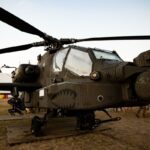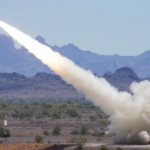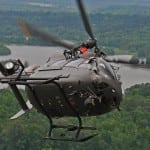
The Army’s Virtual Battlespace 3 (VBS3), a three dimensional gaming program to train soldiers and aid in leader development, is now available and offers a significant increase in capability over the previous version, officials said. This virtual training game is a multi-user simulation that allows units to train at home station, on more than 150 battle drills, platoon-level collective tasks, combined maneuver tasks and other collective tasks. Since its March 31 release, 17,000 licenses have been issued for VBS3 and…













